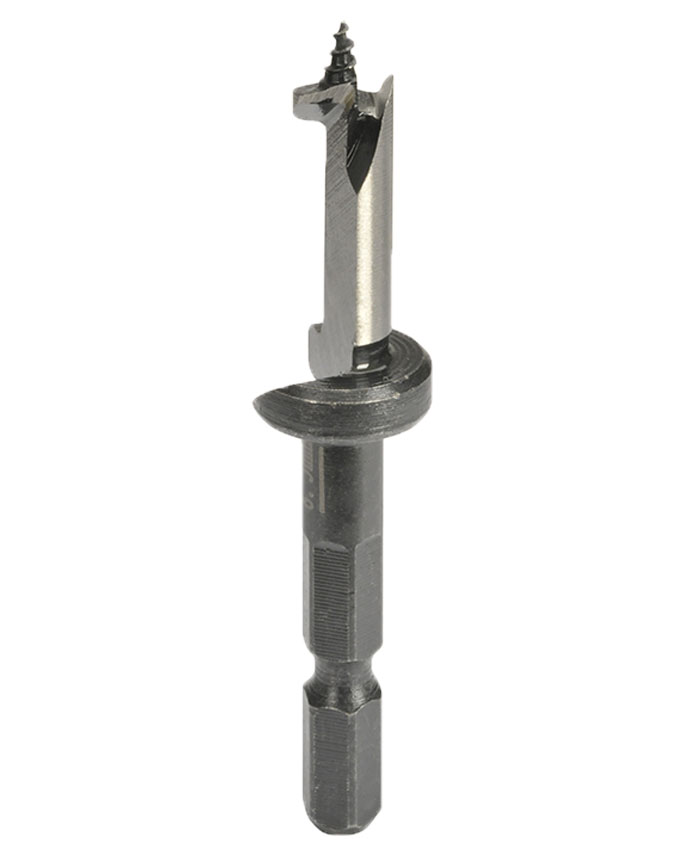Don't hesitate to send a message
I. Introduction: Solving the "Impossible" Task The phrase "fitting a square peg into a round hole" is a universal symbol...
READ MORE1. Drilling: Use a drilling rig to drill underground at a certain design angle and direction, take out the core and cuttings in the hole or run a test instrument in the hole to prove the underground mineral reserves, understand the stratum structure, rock properties and To meet the construction requirements of other projects, this kind of project is called drilling.
2. Core drilling: When drilling, keep the core at the bottom of the hole, and use the proposed core to study and understand the underground geology and mineral resources.
3. Drilling: Use a drill to work at the bottom of the hole to break the rock and continue to deepen the drilling operation. It includes two aspects: breaking the rock at the bottom of the hole and extending the drill hole as required.
4. Drilling method: The general term for methods and technical measures for breaking the rock at the bottom of the hole when drilling underground.
5. Drilling technology: How to use certain equipment and tools to break the rock (soil layer), create a round and regular borehole with a certain diameter and depth in the stratum, and take certain technical measures to ensure the smooth progress of the drilling work All of the work.
6. Drilling holes: cylindrical holes drilled by using drilling machinery or other methods to drive the drill bit for mineral deposit exploration or other engineering purposes. It has the characteristics of large depth, small diameter, and arbitrary direction.

7. Three elements of drilling space ① Hole depth (L): the length of the borehole axis from the hole to the measuring point; ② Vertex angle (θ): the clamp between the borehole axis (or its tangent line) and the plumb line at the measuring point Angle; ③Azimuth angle (α): the angle between the projection of the borehole axis at the measuring point on the horizontal plane and the magnetic north direction.
8. Drilling structure: refers to the change of hole diameter from opening to final hole. It includes the borehole diameter, the number of diameter changes, the number of casing layers, the pipe diameter, the length, the depth of diameter change, and the method of sealing the bottom of the casing.
9. Circulation: The mud pump sends the flushing fluid to the bottom of the hole through the inner hole of the drill string (or the gap between the drill string and the hole wall), after completing the role of flushing the bottom of the hole and cooling the bit, along the annular gap between the drill string and the hole wall (Or the hole in the drill string) The process of returning to the surface and carrying rock dust out of the hole.
10. The purpose of geological core drilling is to take out the rock core from the ground. Through analysis and research, observation, identification and testing of rock cores, we can intuitively understand the thickness, burial depth, occurrence, distribution law, mineral composition, ore grade, chemical composition, physical and mechanical properties and structure of ore and rock. Structure and so on. The quantity and quality of rock cores directly affect the accuracy and reliability of judging geological structure, evaluating mineral resources, submitting mineral reserves and mine mining design. Geological core drilling is the most effective method to obtain underground physical samples. During the drilling process, not only a high drilling efficiency is required, but also the cores used are required to have sufficient volume in quantity, and to maintain the original structure and ore-bearing grade as much as possible in terms of quality. These requirements are expressed in core drilling quality management in terms of core acquisition rate.
I. Introduction: Solving the "Impossible" Task The phrase "fitting a square peg into a round hole" is a universal symbol...
READ MOREMetalworking has always been a cornerstone of industrial development, shaping everything from automotive components to a...
READ MORE1. What Are Waterpump Pliers? – The Flexible “All-Rounder” Tool In modern industrial manufacturing and daily maintenance...
READ MORESelecting the appropriate industrial cutting tools is a critical decision that directly impacts manufacturing efficiency...
READ MORE+86-573-84611229
+86-573-84611518
NO.35 Yucao Road, Ganyao Town, Jiashan City, Zhejiang Province, China
